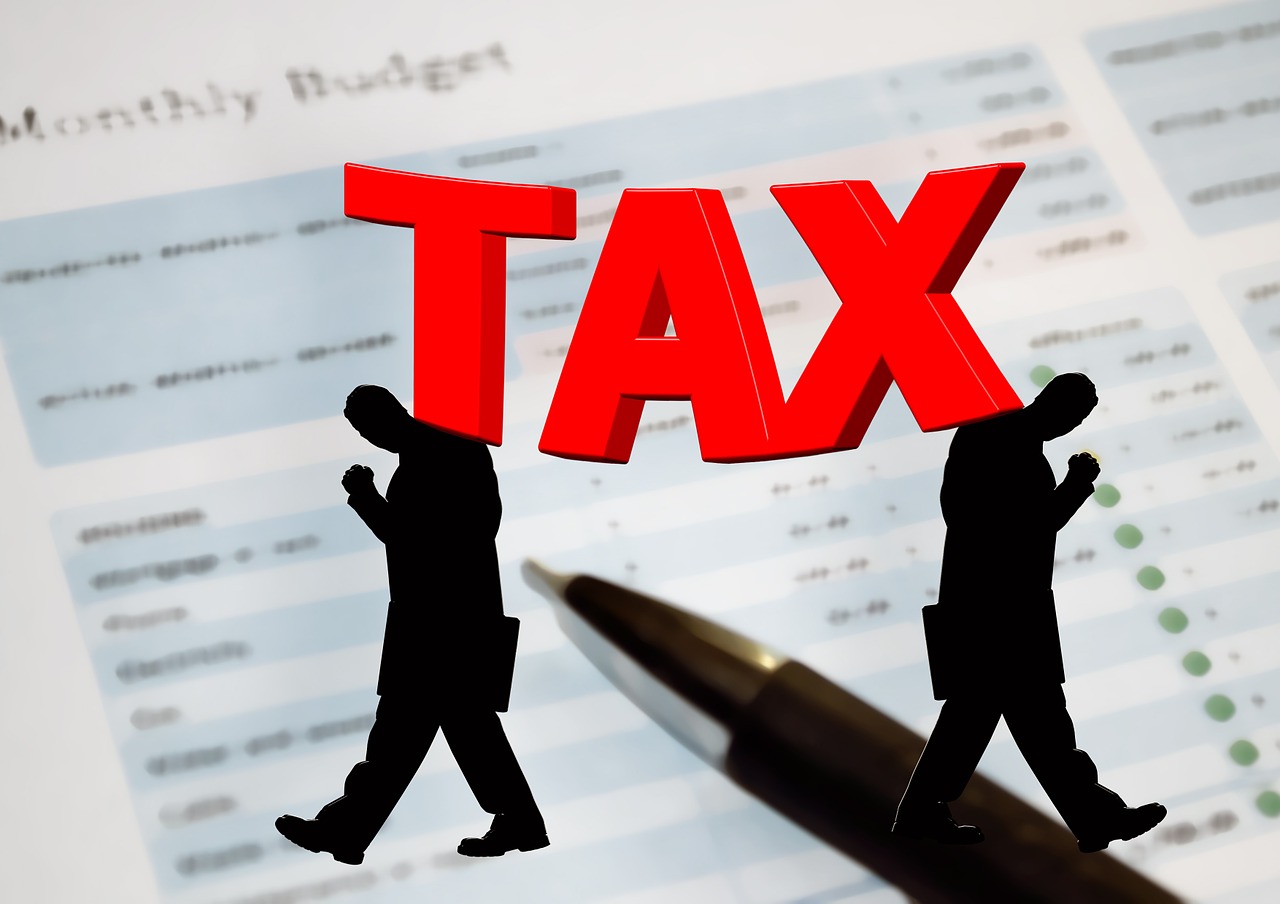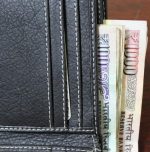Difference Between NSC and Other Tax-Saving Investments

What is the one thing that you would consider when you start investing?
- Is it the returns?
- The safety?
- Or are there drawbacks?
Whatever you are maybe thinking about, you would have to know that you would have to be considering several other factors along with the most obvious attributes. One of these factors is taxes. Let’s look at the more reliable side of investments (excluding stocks, shares, and mutual funds.) Let’s just say – you want to give the National Saving Certificate a shot, and it is beneficial in terms of tax savings, but what if there are other schemes with the same benefit? Let’s analyze them.
Top Investment Options with Tax Benefits
Section 80C investment alternatives are roughly categorized into two groups based on risk and return. Investment in market-linked products such as Equity Linked Saving Schemes (ELSS), Unit Linked Insurance Plans (ULIPs), and National Pension Systems (NPS) is one of the important categories, as they provide significantly larger returns but at moderate risk.
Fixed return instruments such as bank/post office 5-year tax saver FDs, PPF, EPF, and NSC are another prominent class of programs. These plans give reasonable returns while carrying zero risk because the rewards are guaranteed by the government. Because the returns on these products are safe and unaffected by market fluctuations, these fixed return tax saving investments are frequently the first choice for last-minute tax preparation and individuals with a low-risk tolerance.
Major Tax Savings Schemes
1) Tax Saving Fixed Deposits
Fixed deposits have remained a classic symbol of savings in India, owing to their low risk. Investments in a tax saver FD are eligible for a tax deduction under Section 80C (Up to a value of Rs. 1.5 lakhs.) The following are the key characteristics of tax-saving FDs in India:
- Individuals, HUFs, and NRIs can all invest in tax-free FDs.
- The principal amount invested in the fiscal is entirely tax deductible under the norms and limits of Section 80C.
- Tax saver FD interest rates range from 5.15% to 6.75%.
- It has a five-year lock-in period.
- Premature withdrawal is not permitted.
- There are no loan or overdraft options available against a tax-saver FD.
- Interest earned is taxed based on the investor’s tax bracket.
2) National Savings Certificate
NSC is essentially a post office saving product, which is another safe government-backed investment that is also tax-deductible up to Rs. 1.5 lakh per year.
- Individuals are the only ones who can invest in NSC; HUFs and Trusts are not permitted.
- The NSC interest rate right now is 6.8%. Furthermore, there is no TDS deduction on the accrued interest.
- The 5-year NSC is accessible at any post office (the ten years NSC available earlier have been discontinued).
- It is not permitted to withdraw prematurely. However, you can get an overdraft or a loan against your NSC from any bank in India.
- Interest earned during the fiscal year can also be claimed as a tax deduction because it is deemed reinvested. However, because the interest is paid out to the individual on maturity rather than reinvested, it is not eligible for tax benefits in the final year of NSC maturity.
3) PPF
PPF, or Public Provident Fund, is another popular tax-saving investment option offered under Section 80C that earns assured returns while also providing tax benefits. PPF allows you to deposit up to Rs. 1.5 lakh per year and has a lock-in duration of 15 years, making it a long-term investing option.
The rate of return on PPF is fixed by the government quarterly, and returns have a sovereign guarantee. Therefore there is almost little risk.
- Any resident Indian can invest in a PPF.
- PPF investments currently yield 7.1% yearly returns.
- Subject to certain terms and circumstances, one can borrow up to 25% of their PPF savings. However, one can request a loan against a PPF only from the beginning of the third fiscal year through the end of the sixth fiscal year, computed from the date of account opening.
- It is possible to withdraw up to 50% of your PPF deposits (subject to applicable terms and conditions). However, this is only permitted after the completion of the sixth fiscal year.
- PPF is classified as an EEE (exempt exempt exempt) instrument. As a result, the principal invested, the interest generated, and the maturity amount is all tax-free.
- Lock-in period of 15 years – which could be extended in 5-year increments forever.
What is the Best Choice?
All of these investment schemes are safe and secure – but when it comes to saving up on tax – the best choice would be a fixed deposit since the tax saving option is much higher over here. Here is a deeper approach to it:
- All of the above-mentioned fixed-return products are tax-deductible under Section 80C up to Rs. 1.5 lakhs each fiscal year.
- All three solutions are completely safe, secure, and risk-free products.
- Returns on tax-saving FDs are lower than returns on PPF and NSC.
- Tax-saving FDs and NSCs have a 5-year maturity time, whereas PPFs have a 15-year maturity period. PPF deposits have a 15-year lock-in duration, making them a long-term investment instrument.
- Overdraft or loan facilities on PPF and NSC handle liquidity difficulties in a financial emergency that a tax-saving FD does not.
- Furthermore, interest earned on a tax-saving FD is considered taxable income, but PPF and NSC returns are tax-free.
Conclusion
When you want to invest in one of the schemes, you would also have to remember that the tax is not the only option that you would have to consider – you would also have to consider various other attributes for your benefit. These attributes include – risks, benefits, returns, liquidity, and much more.
Image Credit: Imagen de Gerd Altmann en Pixabay (Source)
You may also like
Image Reference: Pixabay
Recent Posts
- Simple ways to prevent and manage allergies effectivelyAn allergy occurs when the immune system reacts strongly to harmless substances like pollen, dust, or certain foods.
- Smart way to finance your home interiors with a top-up loanA top-up loan on your existing home loan can be a practical financing option.
- Apply online for RRC NR Apprentice Recruitment 2025Applicants are strongly advised to regularly visit the official website.
- Simple ways to prevent and manage allergies effectively
What’s new at WeRIndia.com
WeRIndia – A News Aggregator
Visit werindia.com for all types of National | Business | World | Politics | Entertainment | Health related news and much more..










Leave a Reply